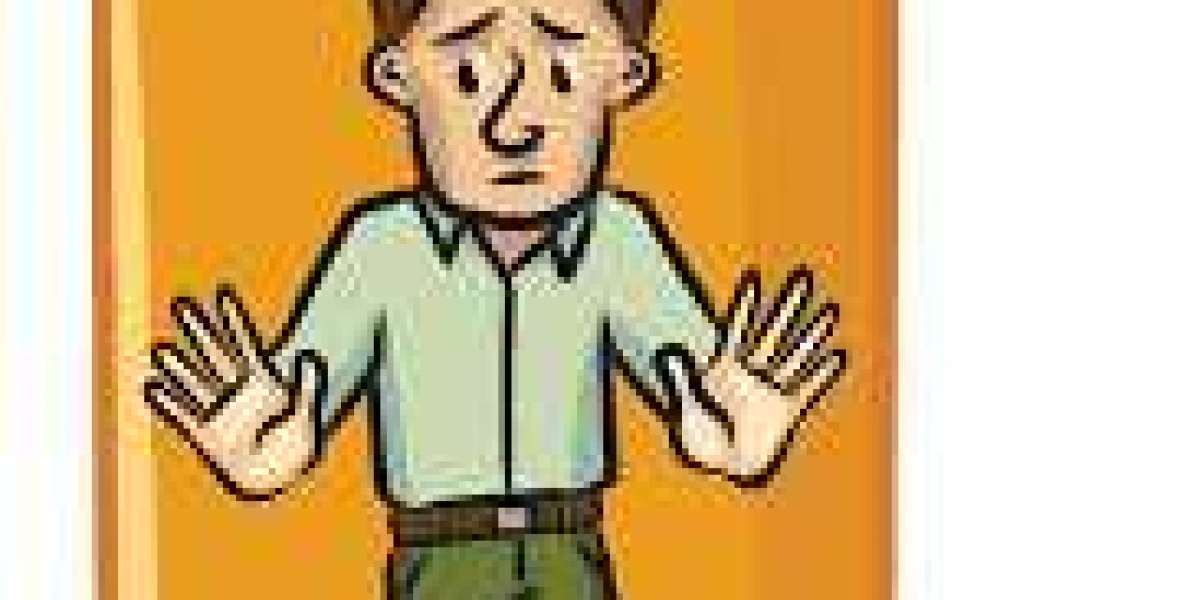Many people use opioids safely to manage pain, with a doctor's prescription. But some may become addicted to these drugs, which produce a pleasant feeling of euphoria and can change the way the brain responds to pain.
Opioids addiction can be difficult to diagnose. It’s a disease of the circuitry in your brain that controls reward, motivation, memory and related functions. Addiction is characterised by an irresistible craving for the drug and compulsive use of it, even in the face of harmful consequences. It’s a primary, chronic disease that can be treated with medicines and other therapies.
In the United States, the current opioid crisis started with the overprescription of legal pain medications and has intensified because of a surge in heroin and synthetic opioids like fentanyl, which is 50 times more potent than heroin. It affects men, women and children of all ages and races, and impacts every aspect of society. The toll includes more than 100,000 overdose deaths in recent years, and the problem is growing across state lines.
The risk of getting addicted to opioids increases with the amount used, how often it is used and how it is abused. A person can get physically dependent on opioids by taking them as prescribed for pain, but it’s possible to be physically dependent without having an addiction. Someone who is addicted to opioids feels strong urges to take the drug, despite knowing that it’s damaging their health and relationships. They may also experience withdrawal symptoms when they stop using the drug, which can include generalized pain, chills and sweating, diarrhea, nausea, vomiting, dilated pupils, restlessness and intense cravings.
Adding to the dangers of opioid misuse is that it’s easy to overdose, especially when you take more than prescribed or crush pills to snort or inject them. Injection is especially dangerous because it bypasses the liver, delivering all of the medicine directly into your bloodstream and brain in seconds. This can be very harmful, and can lead to a coma or death.
A number of effective treatment options are available to help you overcome opioid addiction. These include counselling (e.g., individual or group therapy), behaviour modification, medication and mutual aid groups such as Narcotics Anonymous. You can find these treatments in hospitals, community settings and private clinics. The first step is to recognize that you have a problem and seek help. Then, you can start building a healthier life. If you’re experiencing signs of opioid addiction, contact your doctor for an evaluation and treatment. You can also ask your doctor about naloxone kits, which are designed to reverse the effects of an opioid overdose. If you witness an overdose, call 911 immediately and use naloxone while waiting for emergency medical help to arrive.



